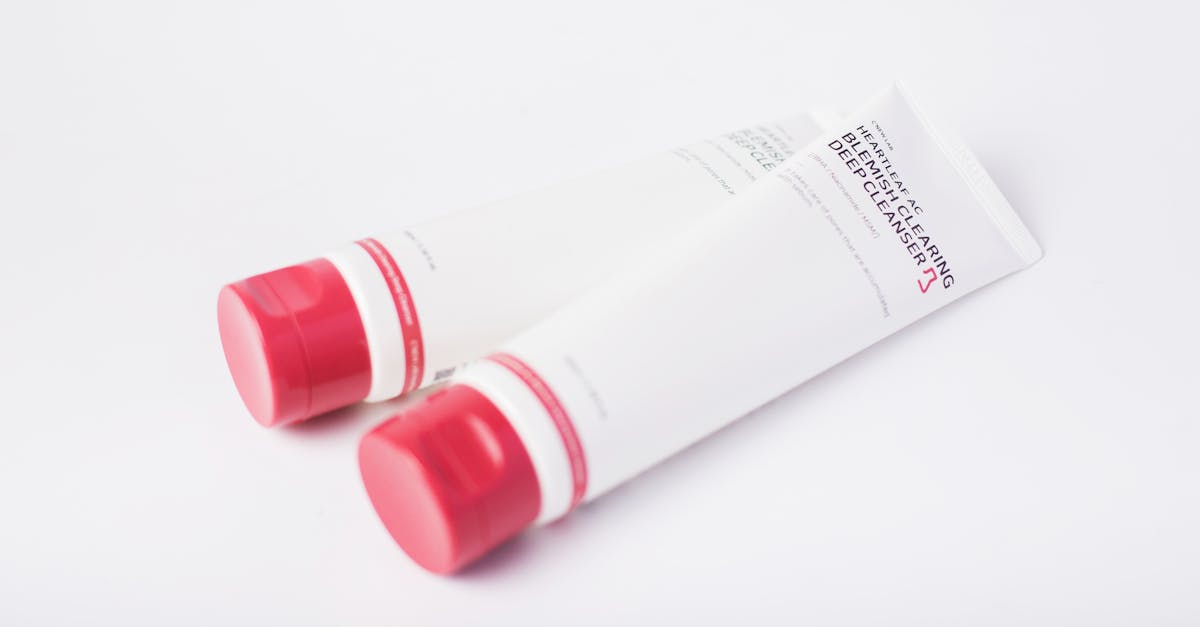
Table Of Contents
Dermal Filler Procedure
Dermal filler procedures involve the injection of soft tissue fillers into the skin to restore lost volume, smoothen fine lines, and enhance facial contours. These fillers are commonly made from hyaluronic acid, a substance naturally found in the body that helps retain moisture and promote skin elasticity. Dermal fillers can effectively address concerns such as sunken cheeks, thin lips, and deep wrinkles, providing a more youthful and rejuvenated appearance.
During a dermal filler procedure, a skilled healthcare provider will carefully inject the filler into specific areas of the face using a fine needle or cannula. The process is relatively quick, typically lasting between 15 to 60 minutes, depending on the extent of treatment needed. Dermal fillers work by plumping up the skin and stimulating collagen production, resulting in a smoother, firmer complexion. While the results are immediate, they can continue to improve over the following days as the filler settles into place and any temporary swelling subsides.
Consultation and Aftercare
During the consultation phase for dermal fillers, it is essential to openly communicate with your healthcare provider regarding your desired outcome and any concerns you may have. The practitioner will assess your skin condition, discuss the different types of dermal fillers available, and recommend the most suitable option based on your specific needs and goals. Additionally, they will detail the procedure, potential risks, and expected results to ensure you are well-informed before moving forward.
After receiving dermal fillers, following proper aftercare instructions is crucial for optimal results and minimizing complications. It is advised to avoid vigorous exercise, direct sunlight, and excessive heat for a few days post-treatment. Additionally, staying hydrated and maintaining a healthy skincare routine can aid in the healing process and longevity of the filler. Should you experience any unexpected side effects or have questions during the aftercare period, promptly consult your healthcare provider for guidance and support.
Dermal Fillers vs. Botox
Dermal fillers and Botox are popular cosmetic treatments aimed at reducing the signs of aging such as fine lines and wrinkles. While both procedures target wrinkles, they work in different ways to achieve a similar outcome. Dermal fillers primarily work by adding volume beneath the skin to smooth out lines and plump up areas that may have lost volume over time. On the other hand, Botox works by temporarily paralyzing the muscles that cause wrinkles to form, resulting in a smoother appearance.
When considering Dermal Fillers versus Botox, one key difference is the duration of results. Dermal fillers are typically considered longer-lasting than Botox, with results lasting anywhere from 6 months to 2 years, depending on the type of filler used. In contrast, Botox usually lasts around 3 to 4 months before needing a touch-up. Additionally, while Dermal Fillers focus on adding volume to specific areas, Botox is more commonly used to prevent the formation of wrinkles by relaxing the underlying muscles.
Mechanism of Action
Dermal fillers work by injecting a gel-like substance into the skin to add volume, contour, and smooth out wrinkles and lines. The most commonly used dermal fillers are made of hyaluronic acid, a substance that naturally occurs in the body and helps to maintain skin hydration and volume. Once injected, the filler binds with water molecules in the skin, plumping up the area and providing a smoother appearance.
The mechanism of action of dermal fillers involves not only filling in lines and wrinkles but also stimulating the production of collagen in the skin. Collagen is a protein that provides structure and elasticity to the skin, contributing to a more youthful and rejuvenated look. Over time, as the filler breaks down and is absorbed by the body, the newly produced collagen helps to maintain the results, ensuring a longer-lasting effect of the Dermal Fillers.
Average Cost of Dermal Fillers
The cost of Dermal Fillers can vary based on various factors. Typically, the price ranges from a few hundred to a few thousand dollars per session. Factors such as the type of filler product used, the amount of product needed, and the expertise of the injector play a significant role in determining the overall cost. Additionally, the location of the clinic and the popularity of the treatment in that area can also impact the price of Dermal Fillers. It is important to consult with a qualified provider to get a personalized quote and understand all the costs involved before proceeding with the treatment.
Factors Affecting Price
Several factors can influence the price of dermal fillers. Firstly, the type of dermal filler used can greatly impact the cost. Premium or specialized fillers may be more expensive than standard fillers. Additionally, the amount of filler needed to achieve the desired results plays a significant role in the overall cost.
Moreover, the experience and expertise of the practitioner administering the dermal fillers can affect the price. Highly skilled and reputable practitioners may charge more for their services. The location of the clinic or facility where the procedure is performed can also contribute to price discrepancies. Urban areas or upscale clinics typically charge higher rates for Dermal Fillers compared to smaller towns or less prestigious establishments.
FAQS
What is a dermal filler?
A dermal filler is a substance injected into the skin to help fill in facial wrinkles, restore volume, and rejuvenate the skin.
How long do dermal fillers last?
The duration of dermal fillers varies depending on the type of filler used, but generally, they can last from 6 months to 2 years.
Are dermal fillers safe?
Dermal fillers are considered safe when administered by a qualified and experienced healthcare provider. However, like any medical procedure, there are risks involved which should be discussed with your provider.
Can dermal fillers be dissolved if needed?
Yes, certain types of dermal fillers can be dissolved using an enzyme called hyaluronidase, which helps break down the filler and reverse its effects.
Are dermal fillers painful?
The level of discomfort during a dermal filler procedure can vary from person to person, but most patients experience only mild discomfort or a slight stinging sensation during the injections. Topical numbing cream or ice can be used to help minimize any pain.


